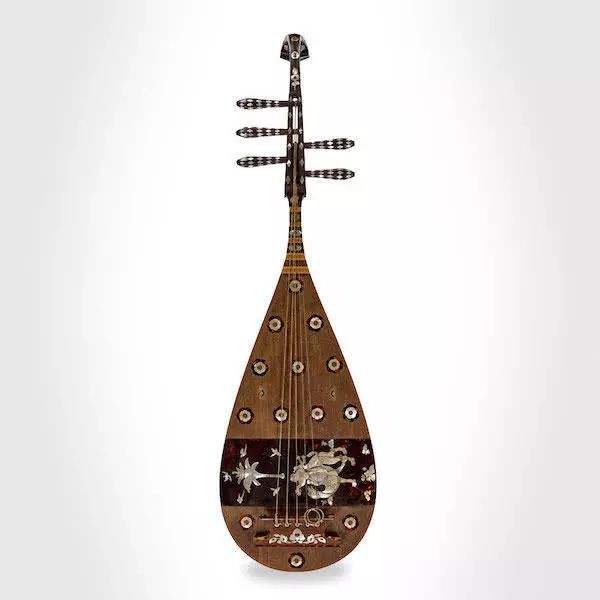Introduction to Pipa School - Pinghu School
The Pinghu School is represented by Li Fangyuan. The Li family is a pipa family. Five generations have played the violin. Li Fangyuan's father often travels with the violin and visits famous families. Under the influence of his family, Li Fangyuan is self-proclaimed "Pipa addiction". Pai Daqu Pipa New Score, published in the 21st year of Emperor Guangxu's reign in the Qing Dynasty.

The Pinghu School has been handed down from generation to generation by Li Qiyu, Li Fangyuan, Wu Mengfei, Wu Bojun, and Zhu Yingqing (Zhu Ying).
Wu Mengfei was taught personally by Li Fangyuan, and later from Zhang Ziliang, a student of Li Qiyu. He often performed in Shanghai, and his artistic activities were quite extensive, making a positive contribution to the promotion of the Pinghu School.
Zhu Yingqing, under the tutelage of Li Fangyuan Gaozu Wu Bojun, pioneered the method of using the big finger of the left hand and broke through the forbidden area of not using the little finger to press the sound.
The performances of the Pinghu School are both literary and martial, with delicate literary and musical compositions, often accompanied by virtual soothing movements to enhance the sense of curling reverberation. Wuqu pays attention to the momentum, and the following rounds are mainly used (the "General Order" uses the upper rounds). The Pinghu School Pipa has a considerable influence on the formation of various styles of today's Pipa.
 渝公网安备 50010702504639号
渝公网安备 50010702504639号